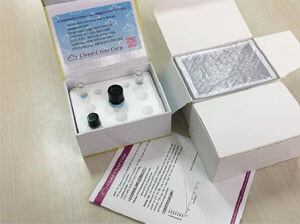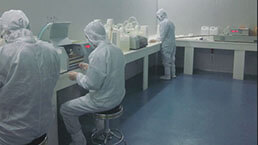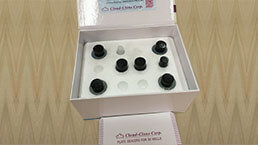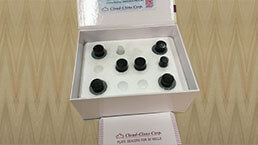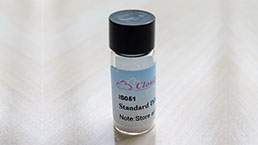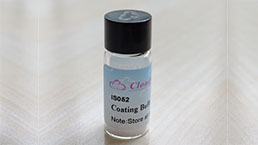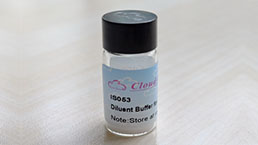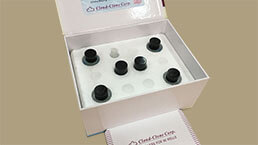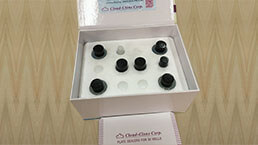ELISA Kit DIY Materials for Superoxide Dismutase 2, Mitochondrial (SOD2) 

IPO-B; MNSOD; Mn-SOD
- UOM
- FOB US$ 1,300.00 US$ 2,166.00 US$ 3,899.00 US$ 7,581.00 US$ 12,996.00
- Quantity
Overview
Properties
- Product No.KSB083Ra01
- Organism SpeciesRattus norvegicus (Rat) Same name, Different species.
- ApplicationsMain materials for "Do It(ELISA Kit) Yourself"
Research use only - Downloadn/a
- CategoryEnzyme & KinaseMetabolic pathwayTumor immunityCardiovascular biologyNeuro science
- Reagent Contents Capture Antibody, Detection Antibody, Standard, Streptavidin-HRP, TMB Substrate, 96-well Plate
- Detectable SampleSerum, plasma, tissue homogenates, cell lysates, cell culture supernates and other biological fluids.
- Applicable PrincipleDouble-antibody Sandwich ELISA for Antigen Detection
- Detectable Range31.2-2000pg/mL
- Applicable Sensitivity14.5pg/mL
Sign into your account
Share a new citation as an author
Upload your experimental result
Review

Contact us
Please fill in the blank.
Specifity
The Abs in the kit have high sensitivity and excellent specificity for detection of Superoxide Dismutase 2, Mitochondrial (SOD2). No significant cross-reactivity or interference between Superoxide Dismutase 2, Mitochondrial (SOD2) and analogues was observed.
Usage
1. Coat the plates with 100μL per well of working solution of Capture Antibody.incubate overnight at 4°C or incubate at 37°C for 2 hours.
2. Aspirate and wash 1 time.
3. Block the plates with 200 μL per well of working solution of Blocking Buffer. Incubate at 37°C for 1.5 hours.
4. Aspirate and wash 1 time. The plates are now ready for sample detection, the protocol is the same as regular ELISA.
Storage
Antibodies, Standard and Streptavidin-HRP should be stored at -20°C. TMB should be stored at 4°C. 96-well Plate could be stored at room temperature. The contents are valid for twelve months. They are stable for one month after opening when stored at 4°C.
Support pack
Giveaways
Increment services
Citations
- Antioxidant profile of salivary glands in high fat diet-induced insulin resistance ratsPubmed: 24106991
- Consequences of age on ischemic wound healing in rats: altered antioxidant activity and delayed wound closurePubmed:24443098
- Determination of Gene Expression and Serum Levels of MnSOD and GPX1 in Colorectal CancerPubmed:25550558
- Antioxidant profile, carbonyl and lipid oxidation markers in the parotid and submandibular glands of rats in different periods of streptozotocin induced diabetesPubMed: 26143097
- Impact of morbid obesity and bariatric surgery on antioxidant/oxidant balance of the unstimulated and stimulated human salivaPubMed: 26608886
- DDAH1 deficiency promotes intracellular oxidative stress and cell apoptosis via a miR-21-dependent pathway in mouse embryonic fibroblasts.Pubmed:26806551
- Cardiomyocyte dimethylarginine dimethylaminohydrolase1 attenuates left-ventricular remodeling after acute myocardial infarction: involvement in oxidative stress and …Pubmed:29892894
- Improved endogenous epoxyeicosatrienoic acid production mends heart function via increased PGC 1α-mitochondrial functions in metabolic syndromePubmed: 30342783
- Selected elements of extracellular matrix of the skin in diabetes and insulin resistancePubmed: 31146169
- A Machine Learning-driven Study Indicates Emodin Improves Cardiac Hypertrophy by Modulation of Mitochondrial SIRT3 SignalingPubmed: 32135248
- Arachidonic Acid as an Early Indicator of Inflammation during Non-Alcoholic Fatty Liver Disease DevelopmentPubmed: 32751983
- Attenuation of Oxidative Stress and Inflammatory Response by Chronic Cannabidiol Administration Is Associated with Improved n-6/n-3 PUFA Ratio in the White and?¡34064937
- Serum Total SOD Activity and SOD1/2 Concentrations in Predicting All-Cause Mortality in Lung Cancer Patients34832849
- α-Lipoic acid ameliorates inflammation state and oxidative stress by reducing the content of bioactive lipid derivatives in the left ventricle of rats fed a high-fat dietPubmed:35569738




